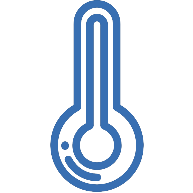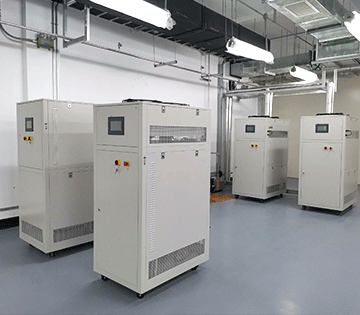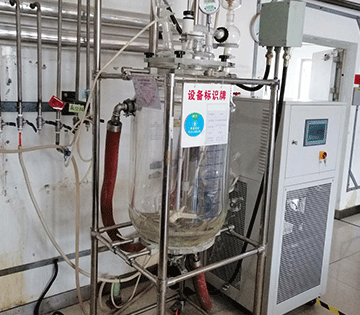ALL recirculating chillers model
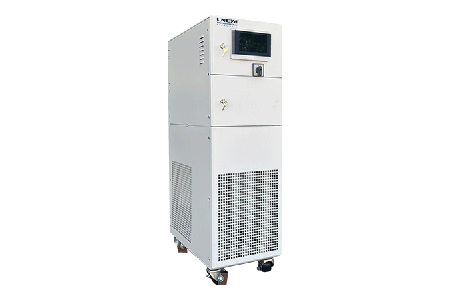
LT 10℃~30℃
chillers machine
cooling capacity 3kW~14kW
circulation pump flow 30L/min 1.6bar~50L/min 2bar
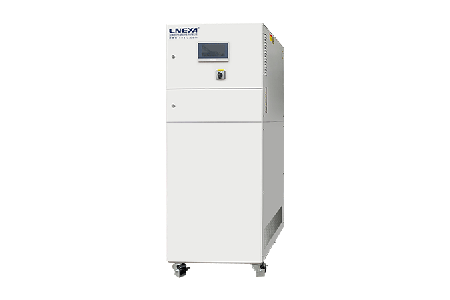
LT -25℃~30℃
cooling circulators
cooling capacity 1kW~5kW
circulation pump flow 30L/min 1.6bar
temperature accuracy ±0.5℃
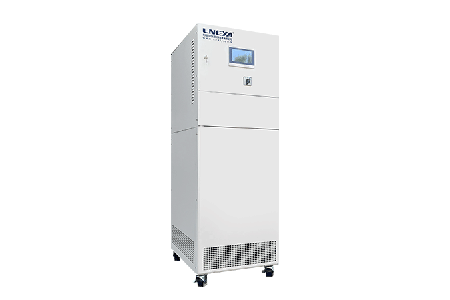
LT -45℃~30℃
precision chillers
cooling capacity 0.7kW~4.8kW
circulation pump flow 30L/min 1.6bar
temperature accuracy ±0.5℃

LT -60℃~-30℃
refrigerated circulators
cooling capacity 0.7kW~4.8kW
circulation pump flow 30L/min 1.6bar
temperature accuracy ±0.5℃

LT -80℃~-40℃
closed loop chillers
cooling capacity 0.4kW~2.5kW
circulation pump flow 30L/min 1.6bar
temperature accuracy ±0.5℃

LT-800 -18~30℃
mini chiller
cooling capacity 0.35kW~0.9kW
circulation pump flow 10L/min 0.6bar
 LNEYA Industrial Chillers Manufacturer Supplier
LNEYA Industrial Chillers Manufacturer Supplier











